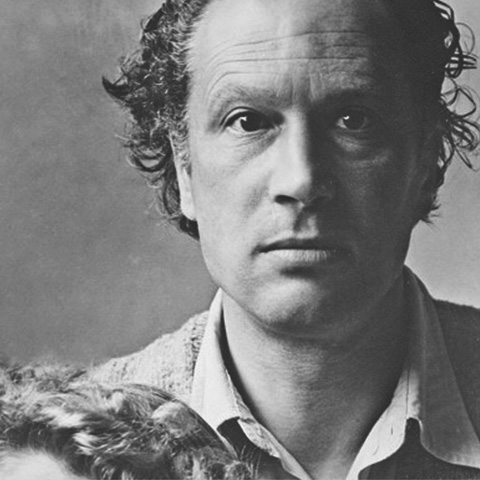Marino Marini is born on 27th February 1901 in Pistoia.
In 1917 he enrolls at the Accademia di Belle Arti in Florence, where he attends the course in Drawing and Painting and then the Special Course in Sculpture, under Domenico Trentacoste, from 1922. He exhibits for the first time at the Venice Biennale of 1928.
He leaves Florence for Milan in 1929 and visits Paris for the first time, where he presents “People” in a group show at the Galerie Bonaparte. He sends The “Priest” in wax to the exhibition of the “Novecento Italiano” in Milan. in 1931 he wins third prize for sculpture at the first Quadriennale in Rome.
Marini visits the Cathedral of Bamberg in Germany (1934) where he admires the equestrian statue of Henry II in stone, the “Bamberg Rider”, which he later declares will be one of the sources for his Riders. In 1936 he takes part in the twentieth Venice Biennale: the principal work he exhibits, a Rider in plaster, is severely criticized for its excessively archaic and primitive style.
He marries Mercedes Pedrazzini on 14 December 1938.
Next year Marini holds an important solo exhibition at the Galleria Barbaroux in Milan where, along with a large number of portraits, he again presents his “Rider” in plaster, previously shown at the 1936 Venice Biennale, as well as The Pilgrim, a new, large-scale Rider. Italy’s more discriminating art collectors become interested in his work.
The work he carries out in the two years 1943-1944 become the content of a monograph with an introduction by the philologist Gianfranco Contini. In October he takes part in an exhibition with Arnold D’Altri, Richier and Wotruba at the Kunstmuseum Basel: Swiss critics include him among the exponents of international sculptural expressionism.
In 1949 Marini takes part in the exhibition “XXth Century Italian Art” organized at the Museum of Modern Art in New York by Luigi Toninelli. He meets Peggy Guggenheim, who purchases a “Rider” in plaster and has it cast in bronze before placing it, with the title The Angel of the City, in her Ca’ Venier dei Leoni house-museum in Venice.
He wins the Grand Prix for Sculpture at the Venice Biennale 1952, where he is present with a solo show: the controversy that arises around his work led the Comune of Milan to decide against the purchase of The Large Horse, which is bought instead by the Museum of Stockholm. This opens up new exhibition opportunities in Göteborg, Copenhagen and Oslo, where he holds solo shows the following year. He exhibits with Henry Moore and Wotruba at the Galerie Welz in Salzburg.
His first retrospective exhibition in Italy takes place in the PalazzoVenezia in Rome in 1966.
A large exhibition of portraits titled “Personaggi del XX secolo” takes place at the Centro Studi Piero della Francesca in Milan, in 1972. On this occasion, he is given the honorary citizenship of the city. He donates a large number of works that are installed as the Museo Marino Marini in the Galleria Comunale d’Arte Moderna of Milan.
Marino Marini diea on 6 August 1980 in Viareggio.
The Centro di Documentazione of the work of Marino Marini is inaugurated in 1979 and the Fondazione Marino Marini is established in Pistoia in 1983.

